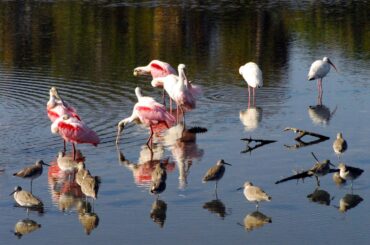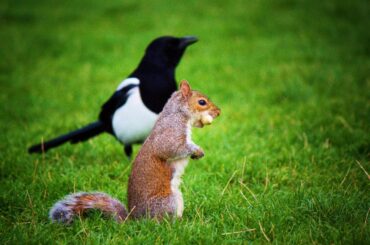Curious about the avian world? Have you ever wondered how long those fluffy baby birds stay in their nests? Why do they linger or leave? Dive into the intriguing world of bird nesting behavior to uncover the fascinating secrets of these feathered families.
Bird nesting behavior is a captivating spectacle for nature lovers. Knowing how long a baby bird stays in the nest is essential for birdwatchers of all levels. Their development, feeding habits and, most critically, when they fly into the wild are shown.
This knowledge can help you appreciate and protect our feathered friends, making it an essential aspect of bird watching and conservation. So, stay tuned as we explore the nesting period of baby birds and its significance in the avian realm.
Early Nesting Period
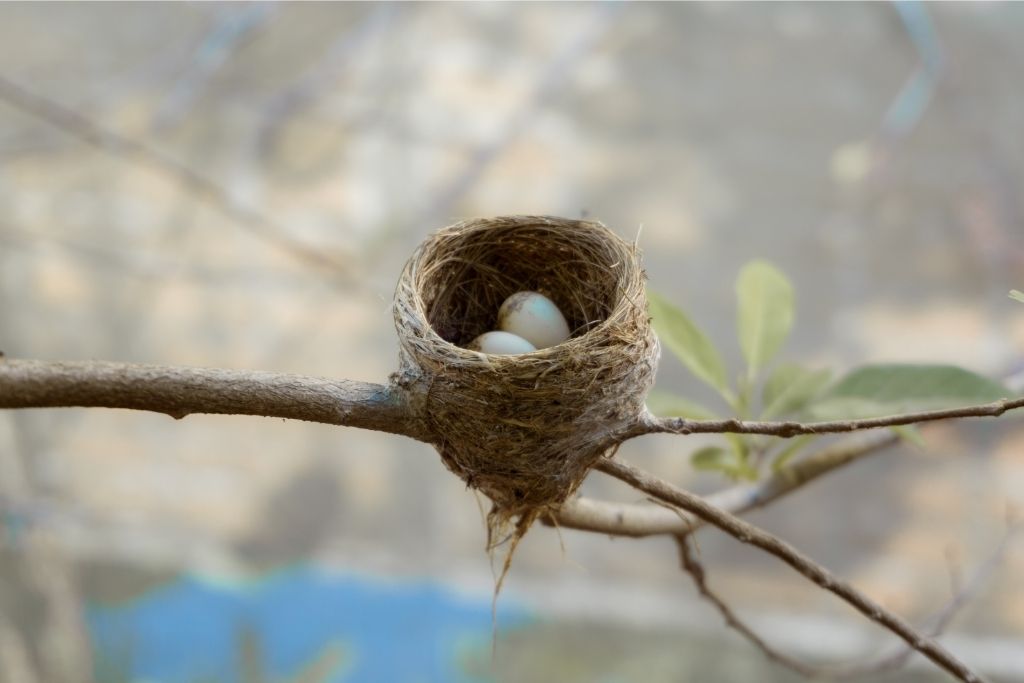
Every spring, birds engage in a remarkable process known as the “early nesting period.” They begin creating cozy homes to raise their young ones during this time. Here are the break down the early stages of nesting and the materials birds use for nest construction:
Timing
Birds kick off their nesting preparations in spring when the days become longer, and the weather turns more mild. This is because it’s the perfect time for their future chicks to thrive with plenty of food available.
Picking the Right Spot
Before building a nest, birds need to choose the perfect location. They look for places that offer protection from harsh weather and potential predators. Some even like to nest high in trees, while others prefer to nest closer to the ground.
Building with Purpose
Birds are skilled at selecting and collecting materials for their nests. Some use twigs and sticks, while others prefer softer materials like grass, leaves, or even mud. The type of materials they choose depends on the species and their environment.
Creative Architects
One fascinating aspect of the early nesting period is how creative birds can be. They craft their nests to suit their needs, ensuring warmth and security for their eggs and chicks. Some birds, like the weaver bird, are known for their intricate, woven nests.
Personalizing their Space
Birds often add their unique touch to their nests. Some might line their nests with feathers for extra comfort, while others use spider silk to give it a sturdy structure. It’s like decorating their homes with a personal touch!
Safe and Cozy
The primary goal of nest construction is to create a safe and snug environment for their eggs. The materials they use to insulate the eggs from the elements keep them warm and sheltered.
Nesting Materials
Birds scour their surroundings for materials to construct their nests, and you’ll be amazed at the variety of items they find useful. Twigs, leaves, grass, feathers, and even spider silk are common choices. Like putting together a puzzle, each element serves a purpose in making a safe and comfortable home for their future offspring.
Egg Incubation Period
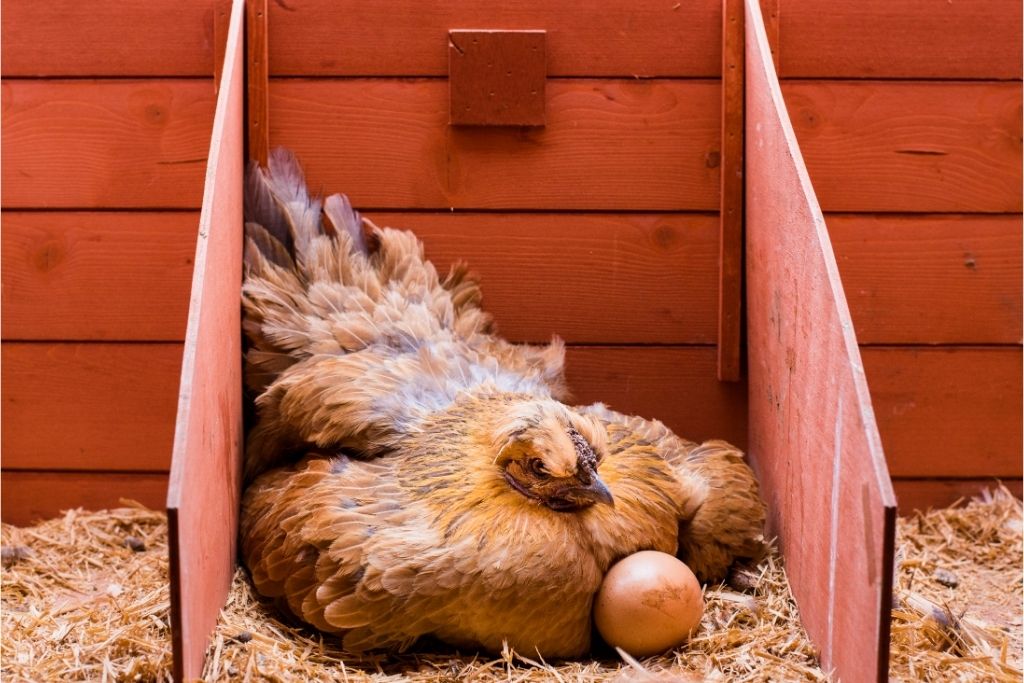
Here’s a list of egg-laying and incubation steps, average incubation periods for different bird species, and both parents’ roles:
- Nest Building: After mating, female birds typically build a nest. They carefully select a safe and cozy spot to lay their eggs.
- Egg Laying: Once the nest is ready, the female bird lays her eggs in it. Eggs come in all shapes and sizes, depending on the species.
- Keeping Warm: Eggs must be kept warm for the little chicks to grow inside. This is where the egg incubation period begins.
- Incubation Time: Each bird species has a different incubation period. For example, robin eggs need about 12 to 14 days to hatch, while ostrich eggs take 42 to 48 days!
- Teamwork: Usually, it’s more than one parent doing all the work. Both mom and dad take turns keeping the eggs warm.
- Flipping the Eggs: During incubation, the parents turn the eggs regularly. This helps distribute heat evenly, ensuring that the chick inside develops properly.
- Protecting the Nest: While one parent incubates the eggs, the other watches to protect the nest from predators.
- Hatching: After the right amount of time, the eggs hatch. Baby birds, called hatchlings, emerge, all fluffy and cute!
- Feeding and Growing: The parents continue to work together. They take turns providing and keeping the hatchlings warm until they are old enough to leave the nest.
Nestling Stage
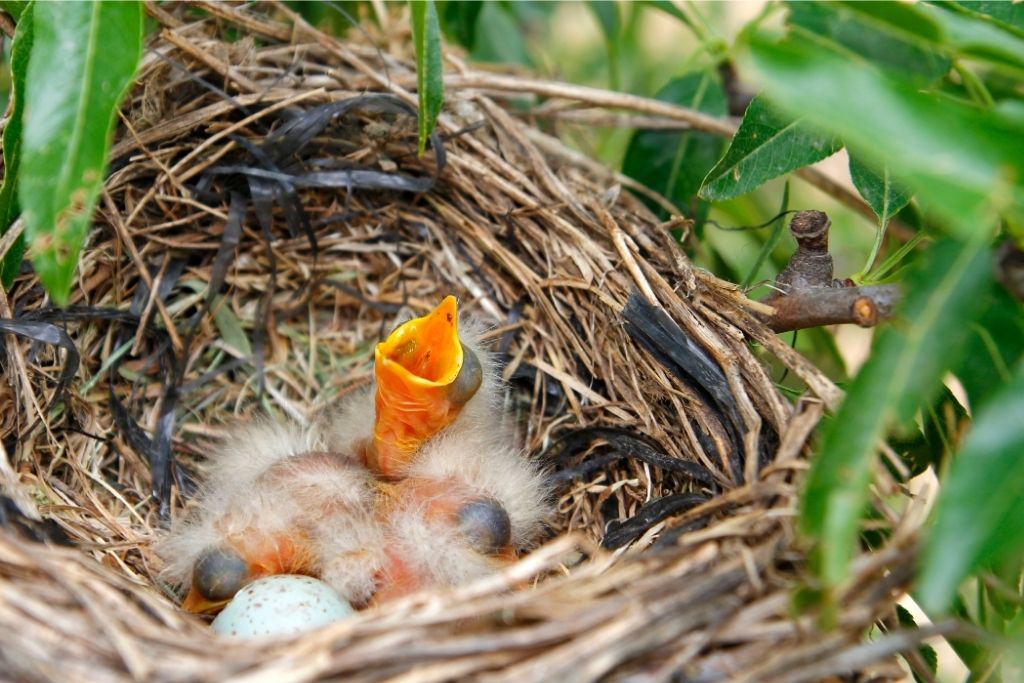
Birds’ nesting period is thrilling. This is when baby birds are fluffy and young. Their undeveloped feathers make them adorable and downy. In nests, these young birds sing loudly to attract their parents.
Parent birds are vital during nesting. They labor hard to feed and care for their chicks. They bring tasty insects and worms to the nest. This keeps baby birds healthy and strong. Parent birds care over their nestlings, safeguarding them from predators and weather.
The duration that baby birds stay in the nest varies depending on their species. Sparrows and robins stay in the nest for 2 to 3 weeks, while eagles and hawks stay 8 to 12 weeks. The exact time also depends on factors like the bird’s developmental stage and environmental conditions.
Fledging and Leaving the Nest

Fledging is an exciting phase in a young bird’s life. When they’re ready, birds leave their nest. This process usually begins when the baby birds are strong enough to flutter their wings and hop around the nest. They practice flapping their wings to build strength for their first flight.
As fledglings develop their flight capabilities, they go through an exciting transformation. Their feathers grow, becoming strong and fluffy, which is crucial for flying. They also fine-tune their coordination and balance to soar through the sky.
The timing of fledging depends on a few factors. First, the type of bird plays a role; some birds fledge faster than others. Secondly, the availability of food matters. If there’s plenty of food, parents might encourage their young ones to fledge earlier.
Lastly, weather conditions can influence the timing; birds typically wait for good weather to ensure a safe first flight. When you see fledglings taking their first flight, remember they’ve been through a lot of hard work and patience to get there!
Factors Influencing Nesting Duration
Before we explore birds and their nests, here are the reasons they stay in their comfortable houses. The time birds spend in their nests can be affected by various factors, both from their environment and biology.
- Weather: Just like how we choose to stay indoors when it’s rainy or cold, birds are affected by weather, too. Harsh weather conditions can make them huddle in their nests longer.
- Food Availability: Like humans, birds experience hunger and require sustenance to thrive and care for their young. If food is scarce, they might stay in the nest longer to feed their hungry babies.
- Safety: Birds are always on the lookout for predators. If they feel their chicks are at risk, they might stay in the nest longer to protect them from potential harm.
- Maturity: The age and development of the baby birds also play a role. Some birds leave the nest when their chicks can care for themselves, while others stay longer to prepare them for life.
- Nest Location: Where a bird builds its nest can also influence how long they stay. A nest in a safe, hidden position may encourage a faster departure. In contrast, one in the open may prolong its stay.
Interesting Nesting Behaviors
Nesting behaviors in the avian world are nothing short of fascinating. Bird nesting habits are fascinating, from detailed building to innovative techniques. Explore some of the most intriguing bird nesting practices and how they protect their young.
Penguins
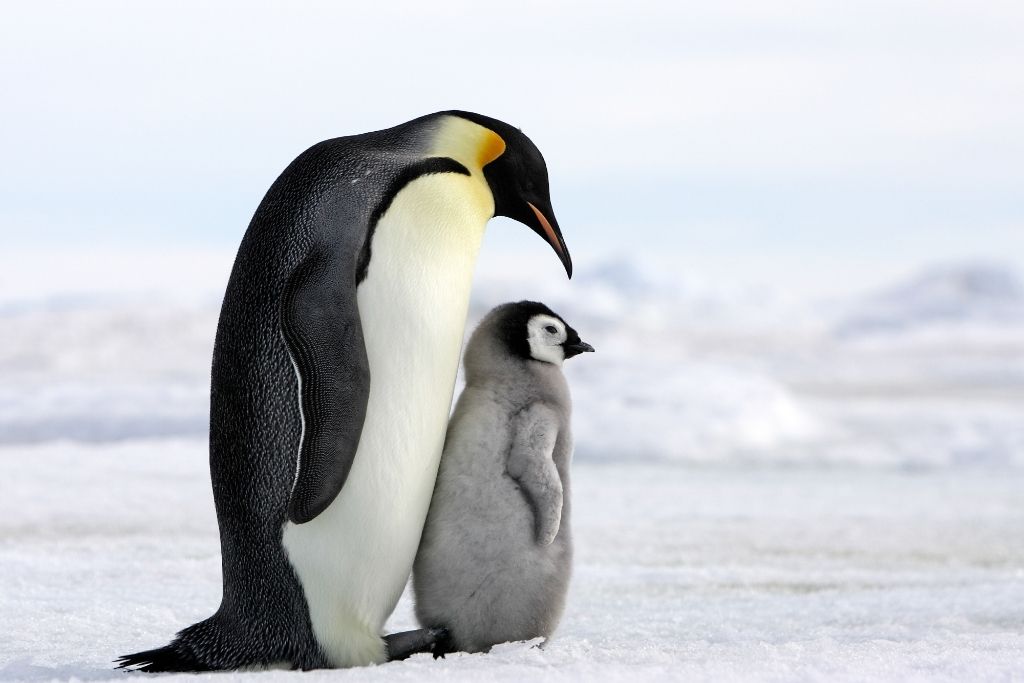
Those adorable, tuxedo-clad birds are known for their unique nesting habits. They huddle together in large groups to protect their eggs from the frigid Antarctic temperatures. They are sharing body heat and providing communal warmth.
Fun Fact: Emperor penguins balance their eggs on their feet to keep them off the ice ground and away from predators.
Weaver birds
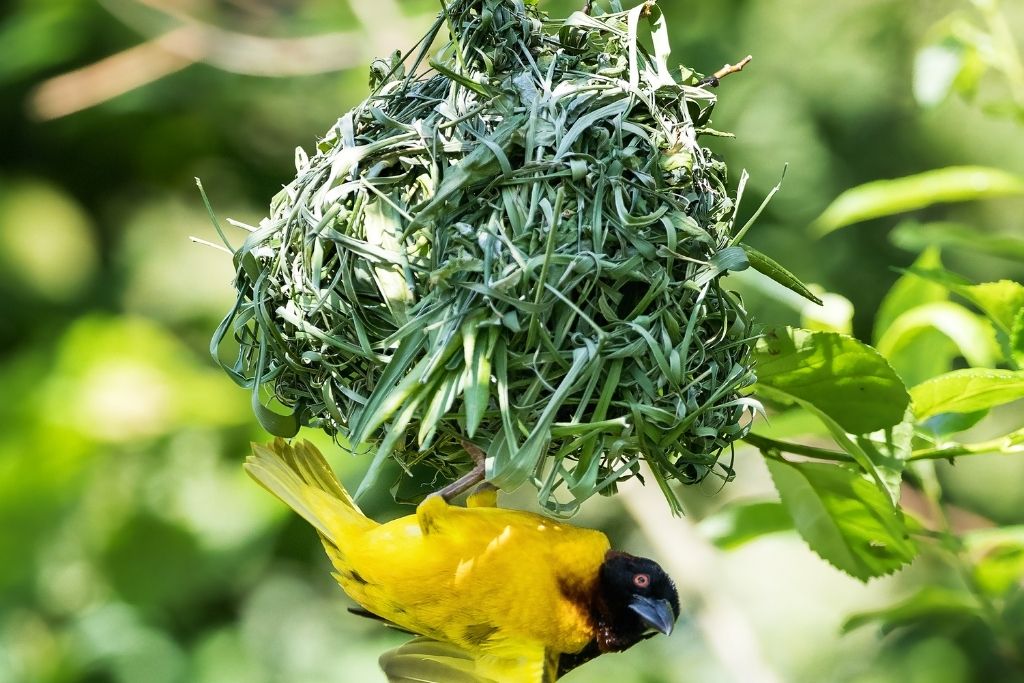
These tiny birds meticulously weave intricate nests, often resembling hanging baskets, from twigs, grass, and leaves. They even choose their nesting spots wisely, such as over water, to deter potential threats.
Fun Fact: Building a nest is crucial for the male weaver bird to attract a mate, and he will spend as much as a week on the project.
Cuckoos
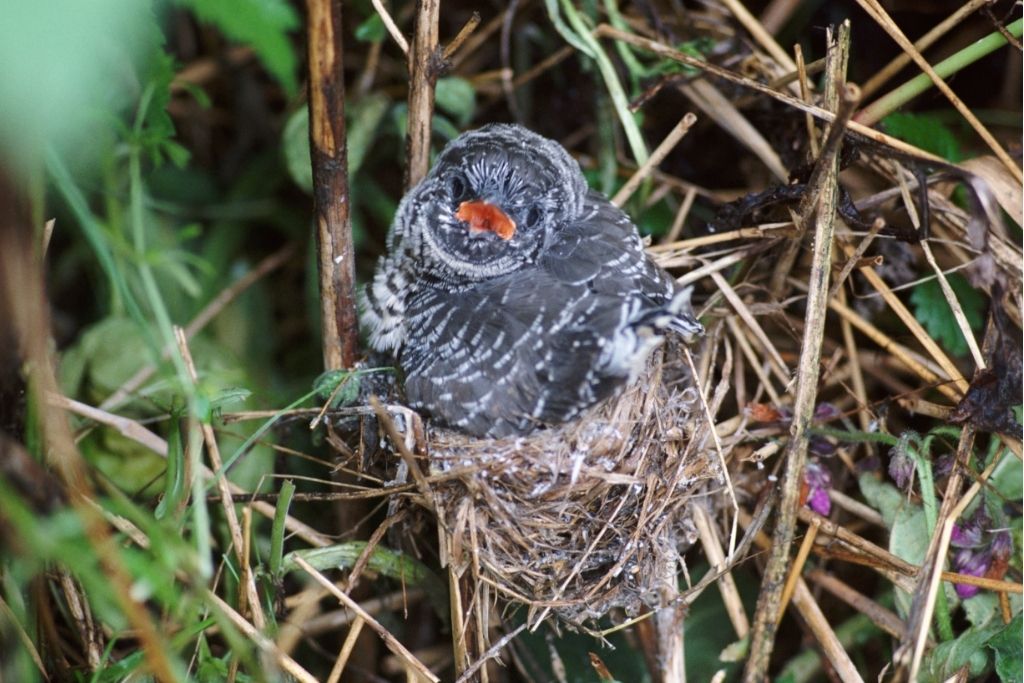
Cuckoos are the ultimate freeloaders in the avian world. Instead of building their nests, they lay their eggs in the nests of other bird species. The unsuspecting host birds raise the cuckoo chicks, often to the detriment of their offspring.
Fun Fact: Some species have adapted to lay eggs that look just like their host birds’ so their offspring can safely develop without being discovered.
Malleefowl
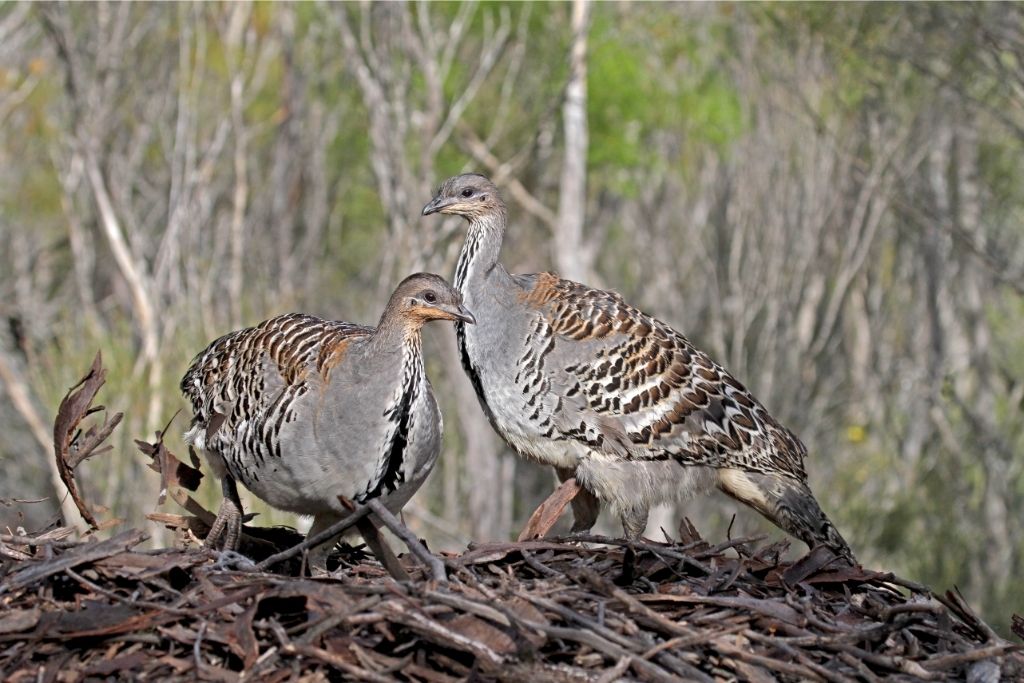
Native to Australia, Malleefowl is a master of thermoregulation. It creates a large mound of sand and organic matter and then lays its eggs in the center. By carefully monitoring the mound’s temperature, the Malleefowl ensures the eggs remain at the ideal temperature for incubation.
Fun Fact: These fantastic birds are nature’s living incubators, adjusting the mound size to control incubation temperature.
Albatross
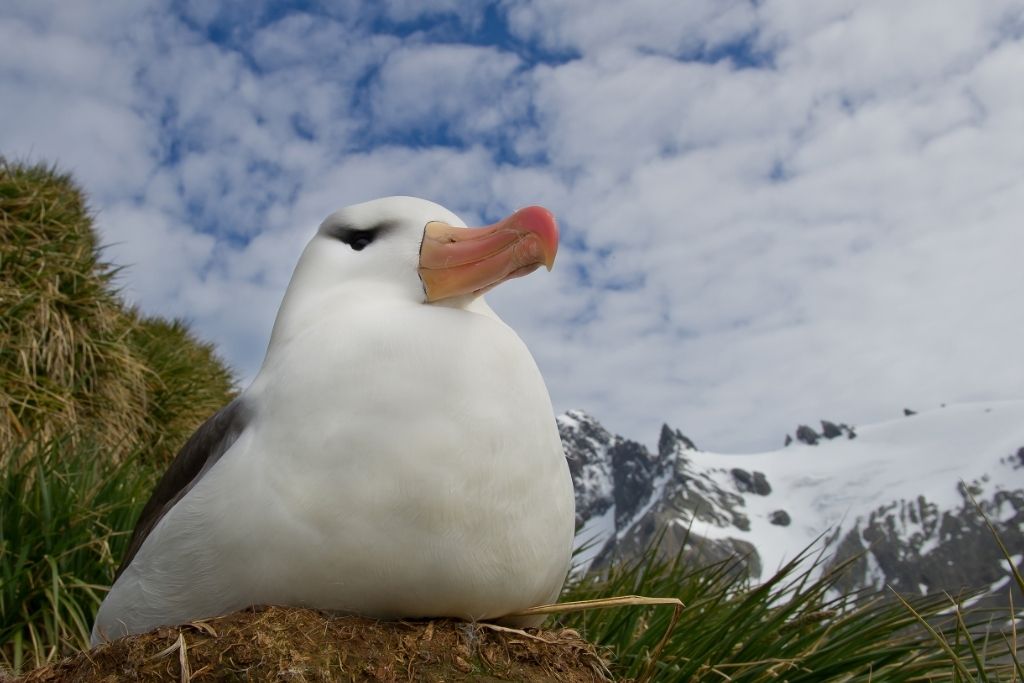
Albatrosses, known for their incredible long-distance flights, also have impressive nesting behaviors. They return to the same remote islands where they were born to find their lifelong mate and continue the nesting tradition.
Fun Fact: Some albatross species have a courtship dance that involves synchronized movements. It helps them bond and strengthen their lifelong partnership.
Final Thoughts
Protecting the nesting periods of birds is like safeguarding their future. When birds nest, they are busy caring for their eggs and chicks, ensuring the next generation’s survival. Disturbing them during this critical time can lead to nest abandonment or chick mortality.
Respecting nesting dates gives birds the space and serenity they need to raise their young, which helps their numbers thrive. Remember to keep your distance the next time you spot a bird’s nest. Let them work their avian magic, helping these remarkable creatures continue to grace our skies for future generations.
FAQs
How Old are Baby Birds When They Leave the Nest?
Baby birds typically leave the nest at around 2 to 3 weeks of age, depending on the species.
When Do Birds Leave Nests?
Birds usually leave their nests when fully feathered and capable of flight, varying from a few weeks to a couple of months after hatching.
How Many Times Can a Bird Lay Eggs?
The number of times a bird can lay eggs varies by species. Some birds lay eggs multiple times a year, while others only lay eggs once a year.
Do Birds Sleep While Sitting on Eggs?
Yes, birds sleep while incubating their eggs, but they remain alert to protect them and respond to potential threats.
How Do Baby Birds Learn to Fly?
Baby birds learn to fly through a process called fledging. Before their first flight, they practice short flights in the nest or surrounding branches to strengthen their wings.



